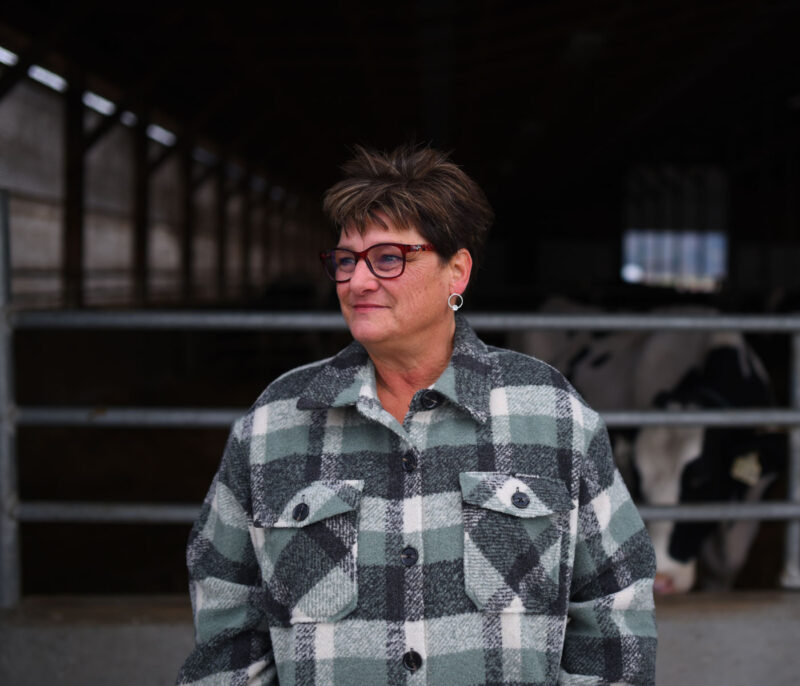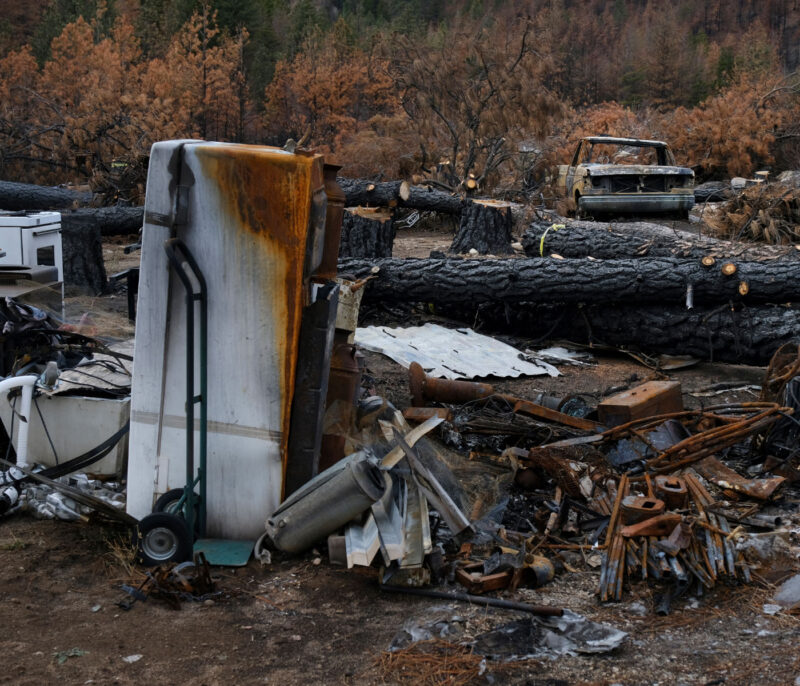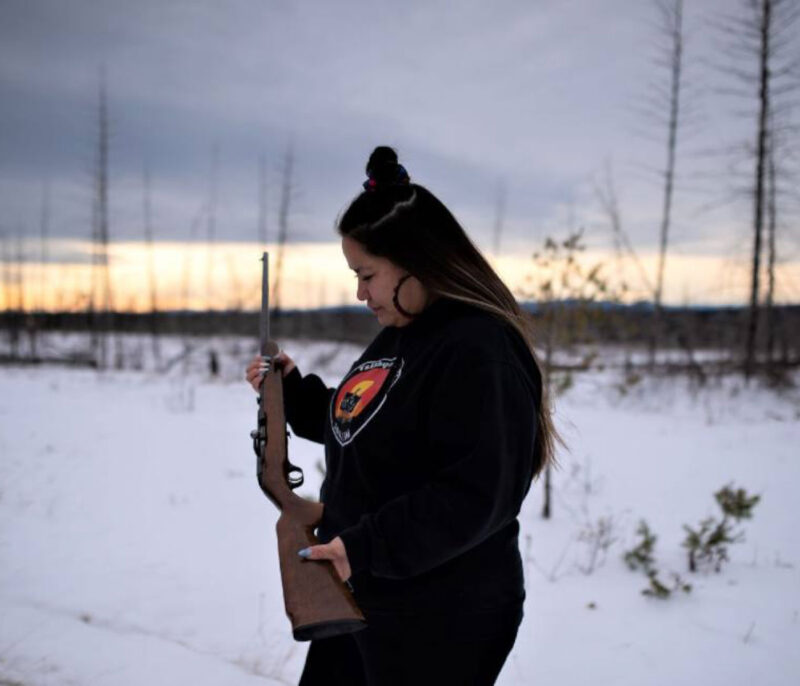‘A major gap’ in BC’s disaster evacuation support
Most victims are displaced far longer than the province’s aid system assumes, shows data analyzed by The Tyee.

When the smoke and ash started seeping into her home and hallways, Billie Sheridan knew it was time to escape. The official evacuation order that would clear the entire city of Williams Lake had yet to be sounded. But already three of Sheridan’s sons were gone. They’d left the morning before because it was too hard for one of them with asthma to breathe.
Now wildfires — among a swarm that burned across British Columbia that summer of 2017 — were fast closing in on the central Interior city’s 10,500 residents. Sheridan and her daughter-in-law loaded themselves, the dog and their belongings into a minivan and started the 240-kilometre drive up Highway 97 towards safety in Prince George.
Billie’s wife Crystal Sheridan, a nurse, stayed behind to care for and help evacuate elderly residents. Billie’s mind turned to Crystal as she drove. She hoped for the best, assuming they’d all be reunited soon enough with stories to share.
“We didn’t anticipate the length of the time,” Billie recalled. “We were hoping that this was only going to last a few days.”
But days turned into weeks, then stretched past a month as the Sheridans shuffled from place to place.
While caring for her patients, Crystal Sheridan’s hip replacement broke. She was eventually medevacked to Vancouver after the rest of the Sheridans made their way to the Lower Mainland. There, the family bounced between the hospital, a hotel and staying with family.
While the official evacuation order for Williams Lake lasted almost two weeks, the fires triggered a series of health and safety issues for the Sheridans that caused them to leave early and stay away more than twice as long as officials mandated.
“It was mentally and physically exhausting that summer,” said Billie Sheridan.
The family eventually found lodging at Honour House, a home in New Westminster for Canadian Armed Forces members and veterans, emergency services personnel and their families to stay while receiving medical care. “We were so lucky and so fortunate,” Sheridan said. “That facility holds a very important place in my heart.”
Billie Sheridan took this photo of smoke billowing from a nearby ridge the day before she chose to evacuate Williams Lake in July 2017. ‘We were hoping that this was only going to last a few days,’ she recalled. Photo supplied.
That tinder dry wildfire season of 2017 was one of the worst in B.C. history, forcing an estimated 65,000 people out of their homes. Many of those evacuees learned Billie Sheridan’s hard lesson — that as climate disasters increase in their frequency and intensity, those who seek refuge can expect to be uprooted for long stretches.
It’s already happening. The Tyee analyzed available data for the past six years to discover the average length of time people are being evacuated in this province — it tops three weeks.
Read more about The Tyee’s findings.
This story was originally published in The Tyee, on April 3, 2023.
This Story Was Inspired By The Stories Of…
- Billie Sheridan*
*An asterisk indicates an unpublished as-told-to.
Related Stories

Alison Arends, Sumas Prairie, Canada

